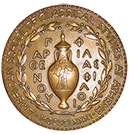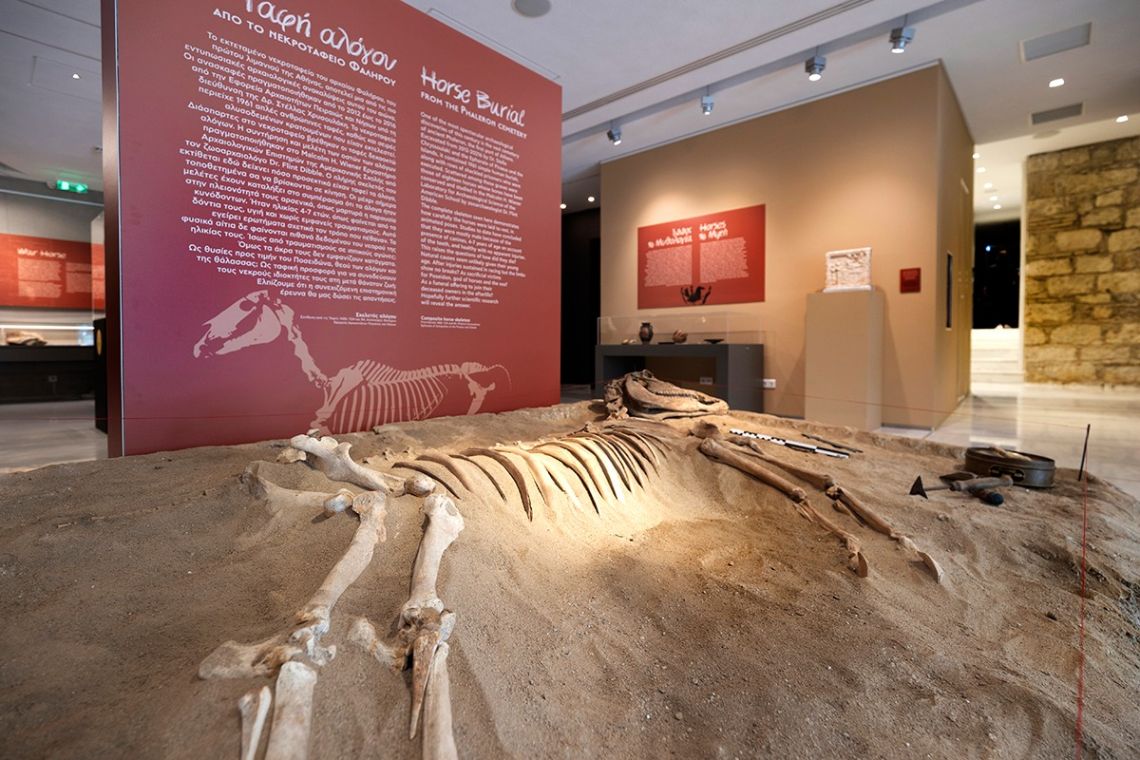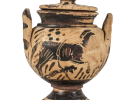One of the most spectacular archaeological discoveries of this century is the vast cemetery of ancient Phaleron, the first port of Athens. Excavated from 2012-20216 by Dr. Stella Chryssoulaki and the Ephorate of Piraeus and the Islands, it contained 1961 simple human burials, along with rows of shackled prisoners who were executed. Scattered among these graves were those of eighteen horses whose bones have been conserved and studied in the Malcolm H. Wiener Laboratory for Archaeological Science of the American School by zooarchaeologist Dr. Flint Dibble.
The complete skeleton seen here demonstrates how carefully the horses were laid to rest, in animated poses. Studies to date have concluded that they were mostly male because of the presence of canines, 4-7 years of age on account of the teeth, and healthy with no apparent injuries. This raises the questions of how did they die? Natural causes seem unlikely given their young age. After injuries sustained in racing but the limbs show no breaks? As sacrificial victims for Poseidon, god of horses and the sea? As a funeral offering to join their deceased owners in the afterlife? Hopefully further scientific research will reveal the answer.














